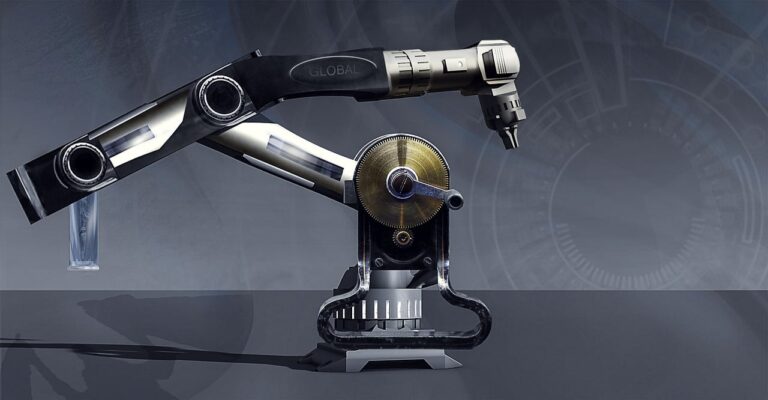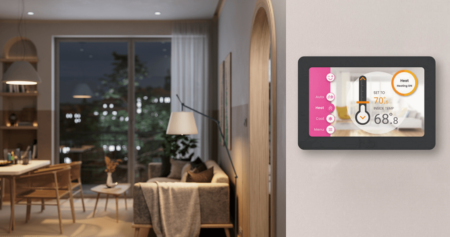Autonomous robot manufacturing is nothing new, but according to a recent announcement, Lockheed Martin and Canadian company Xaba have teamed up to test a smarter, “cognitive autonomous” robot for manufacturing.
Xaba is most known as developers of an AI-driven robotics and CNC machine controller, and now, along with Lockheed Martin, has completed a test case that combined the global aerospace company’s industrial robots and Xaba’s proprietary physics-informed deep artificial neural network model, xCognition.
Reportedly, Xaba and Lockheed Martin used a key typical robotics workflow to evaluate how xCognition could layer greater intelligence and understanding of its body and the task it is about to execute into the manufacturing bots, while making sure the high quality and tolerances didn’t suffer any loss.
In the first phase of the test, the robot was assessed on its accuracy and motion both with and without the neural network. In the second, the robot did a series of key precision tasks with tight tolerances.
“The accuracy performance of a robotic system limits the type of process it can perform based on the cost efficiency of the accuracy hardware,” said Matthew Galla, Applications Engineer Staff, Lockheed Martin Aeronautics. “The test with the xCognition controller allows us to rethink how we can accelerate innovation in manufacturing.”
The outcomes were largely positive. According to the release, xCognition improved accuracy and consistency of the commercial robot by a factor of 10.
“Our xCognition AI-driven control system opens a new world of application opportunities for industrial robots and cobots,” said Massimiliano Moruzzi, CEO, Xaba. “It positions Xaba at the center of intelligent automation for sustainable manufacturing.”
The dream of industrial factories and warehouses, run with autonomous robots, requires a certain amount of machine intelligence, or AI, to function reliably. Industrial AI and robotics is focused on specific, physical tasks and human replacement. The Xaba AI is designed to add that intelligence to any robotic line and make it more consistent, robust, and productive, the company said.
More tests are likely, but these early results are promising and will hopefully bear good fruit.
Read the full article here








